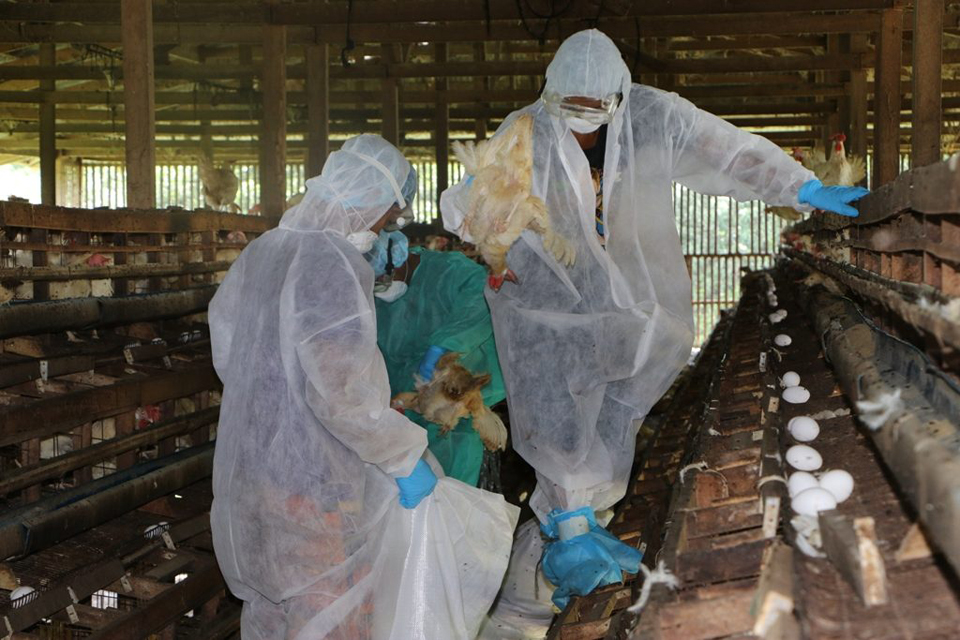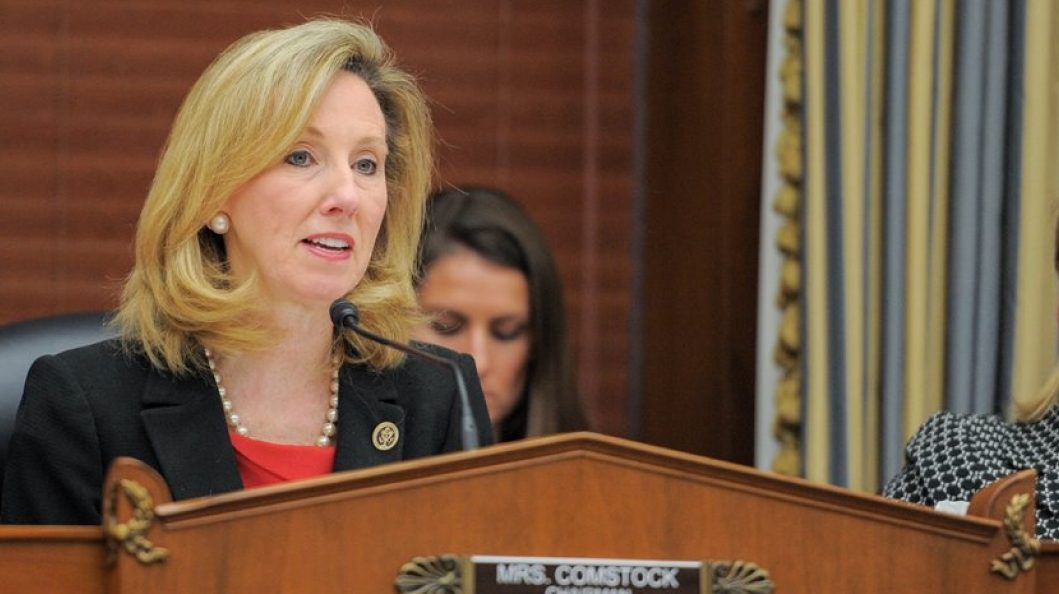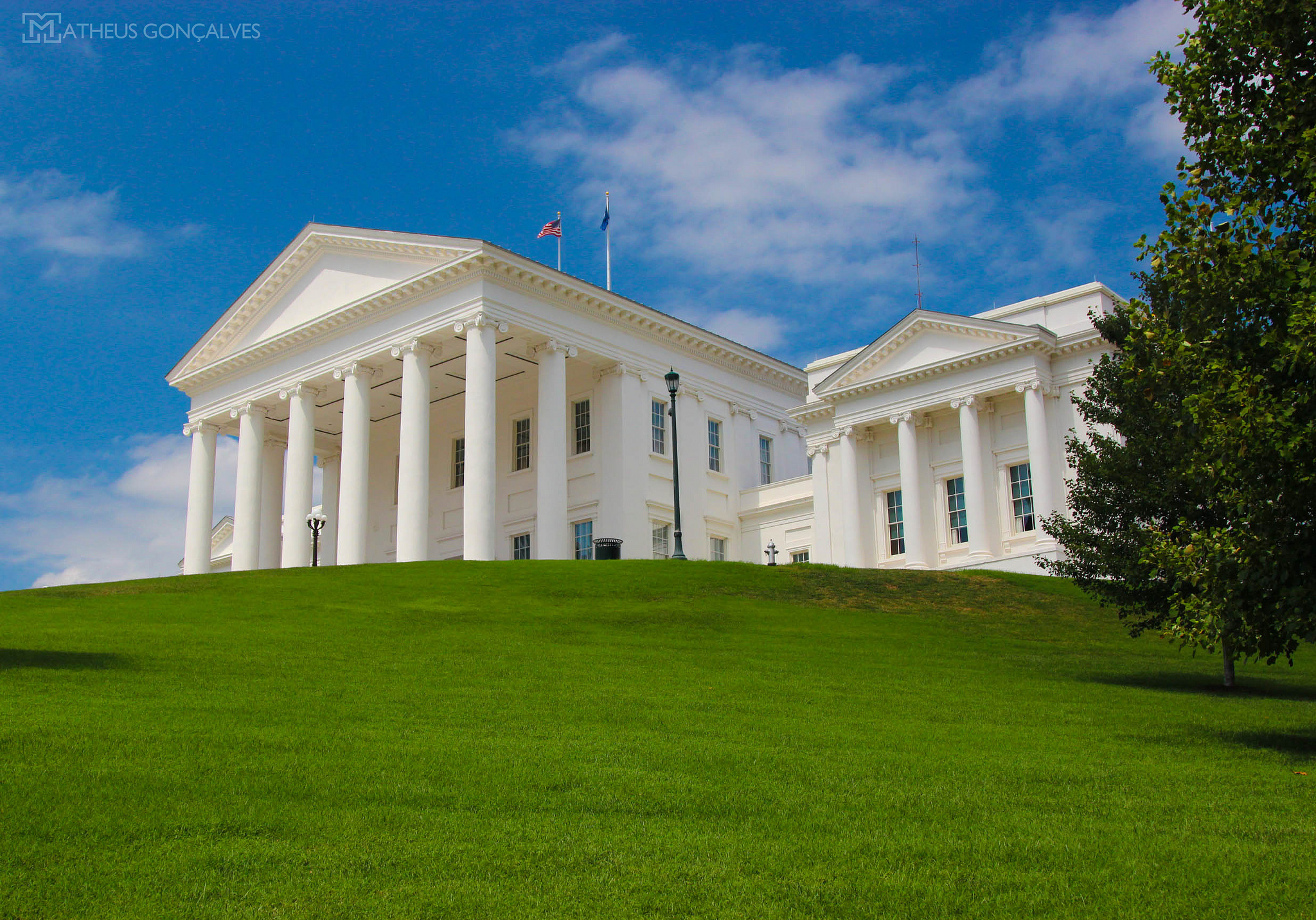Bird flu cases appear to be making a comeback in 2022, and Virginia farmers are worried about what it could mean for the industry.
Virginia farmers and agriculture officials are bracing themselves after a highly pathogenic strain of avian influenza known as the Eurasian H5 type was detected in a flock of chickens and turkeys in Fauquier County this February. “We’re very worried,” said Hobey Bauhan, president of state industry group the Virginia Poultry Federation. An outbreak “would be devastating economically,” he added.
Scientists first detected the current strain’s presence in Virginia in four wild birds caught by hunters. Because of its location along the Atlantic Flyway — one of the major north-south routes followed by migratory birds winging south from Canada — the state regularly sees large numbers of wild species that are capable of transmitting disease to domestic populations. As of Thursday, the H5 strain had been detected in wild waterfowl in 24 states and in poultry or backyard flocks in 17 states, causing fears nationwide among farmers and poultry processors.
Virginia’s last major outbreak of the virus in 2002 affected 197 farms in the Shenandoah Valley and resulted in the culling of more than 4.7 million turkeys and chickens. In 2007, officials detected avian influenza in a single turkey flock in Mt. Jackson, but no other cases were reported.
“In 2002, it got out of hand and spread a lot before people really knew how bad it was,” State Veterinarian Charles Broaddus told the Virginia Board of Agriculture and Consumer Services Thursday. “But now we have a plan, and the plan we hope will be able to contain it to a smaller area before it’s spread that far.”
Avian influenza is typically spread by the feces of wild waterfowl who act as carriers. The virus can survive more than 35 days in manure, soil and water and several months in colder conditions. Scientists first detected the current strain’s presence in Virginia in four wild birds caught by hunters. Because of its location along the Atlantic Flyway — one of the major north-south routes followed by migratory birds winging south from Canada — the state regularly sees large numbers of wild species that are capable of transmitting disease to domestic populations.
Following the 2002 outbreak, Virginia formed a Poultry Disease Task Force that includes federal, state and industry representatives. Since the February case was reported, the group has been in close communication and conducted a tabletop exercise to simulate potential outbreak pathways and responses, said Bauhan. Virginia also has a state plan to prevent and respond to any avian flu cases that was developed by the task force after 2002 and has been periodically updated.
As farmers are being urged to take precautions to help prevent the spread of this disease, hopefully this Task Force is up to the challenge of preventing another major outbreak before it becomes too bad.





